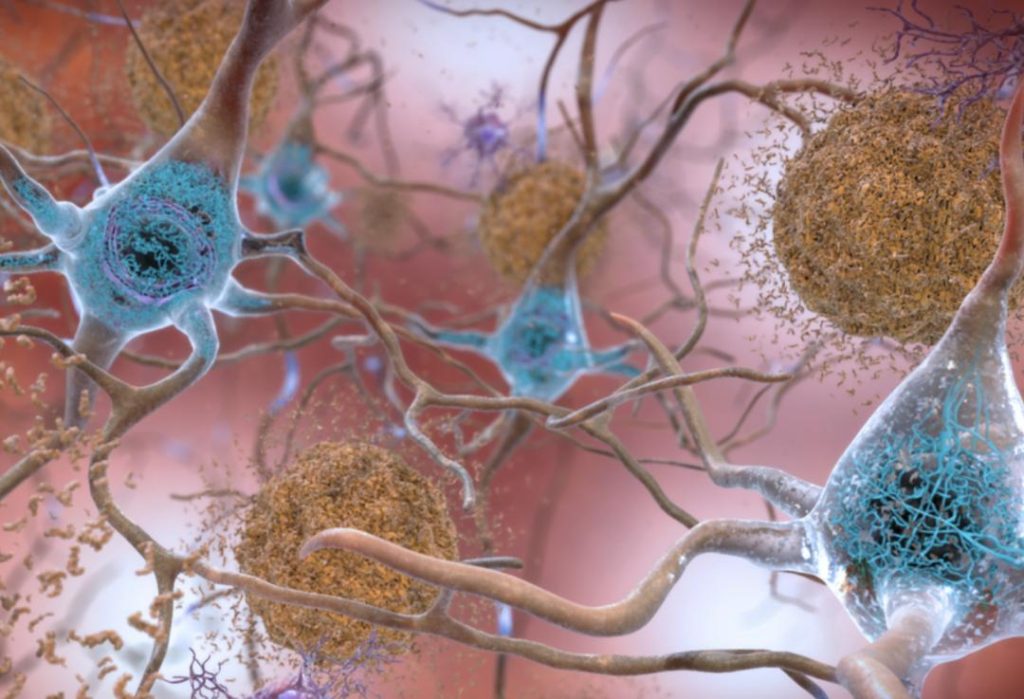
Study Uncovers Over 200 Proteins That May Be Linked to Alzheimer’s
Alzheimer’s disease, a progressive and debilitating condition that affects millions of people worldwide, has long been shrouded in mystery. Despite decades of research, the exact causes of this devastating disease remain unclear. However, a recent study published in the journal Nature has shed new light on the complex mechanisms underlying Alzheimer’s, identifying over 200 types of misfolded proteins in ageing rats with cognitive decline.
The research, conducted by a team of scientists from Johns Hopkins University, has significant implications for the development of new treatments and prevention strategies for Alzheimer’s and related dementias.
In healthy brains, proteins are carefully regulated to maintain proper function and structure. However, in the brains of individuals with Alzheimer’s, these proteins can become misfolded and accumulate, leading to a cascade of cellular and molecular events that ultimately disrupt brain function and impair memory.
The Johns Hopkins research focused on ageing rats with cognitive decline, which are a commonly used model of Alzheimer’s disease. The team used a combination of cutting-edge techniques, including mass spectrometry and bioinformatics, to identify and characterize the misfolded proteins in the brains of these rats.
The results were striking: over 200 types of misfolded proteins were identified, many of which were previously unknown. These misfolded proteins were found to evade the brain’s natural cleanup systems, including the proteasome and autophagy, which are responsible for removing damaged or aberrant proteins.
“This study provides a comprehensive picture of the protein landscape in the brains of ageing rats with cognitive decline,” said Dr. Virginia M.Y. Lee, the lead author of the study. “We found that the misfolded proteins are not just a few rogue proteins, but rather a complex network of abnormal proteins that are interconnected and interact with each other.”
The researchers also discovered that many of these misfolded proteins were not unique to Alzheimer’s disease, but were also found in other neurodegenerative conditions, including Parkinson’s disease and amyotrophic lateral sclerosis (ALS).
“This suggests that there may be a common underlying mechanism that contributes to the development of multiple neurodegenerative diseases,” said Dr. Lee. “Understanding this mechanism could lead to the development of new therapies that target multiple diseases simultaneously.”
The study’s findings have significant implications for the development of new treatments for Alzheimer’s and related dementias. By targeting the misfolded proteins identified in this study, researchers may be able to develop new therapies that slow or halt the progression of these devastating diseases.
Moreover, the study’s results could also inform strategies for prevention. By identifying the early signs of protein misfolding in the brain, researchers may be able to develop new diagnostic tests that enable early intervention and prevention of Alzheimer’s disease.
While the study’s findings are exciting, it’s important to note that much remains to be learned about the complex mechanisms underlying Alzheimer’s disease. Further research is needed to fully understand the role of misfolded proteins in this condition and to develop effective treatments.
In conclusion, the study published in Nature provides a major breakthrough in our understanding of Alzheimer’s disease. The identification of over 200 misfolded proteins in ageing rats with cognitive decline has significant implications for the development of new treatments and prevention strategies for this devastating condition.
As researchers, we are one step closer to unraveling the mysteries of Alzheimer’s disease and developing effective treatments. And with continued research and collaboration, we may one day be able to prevent or reverse this devastating condition, improving the lives of millions of people worldwide.
Source:






